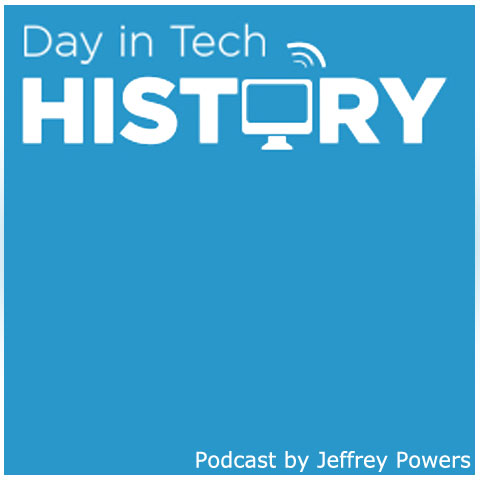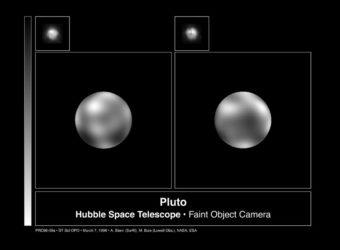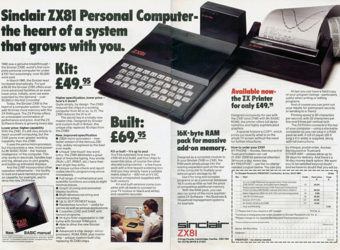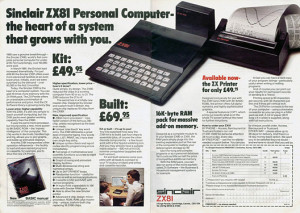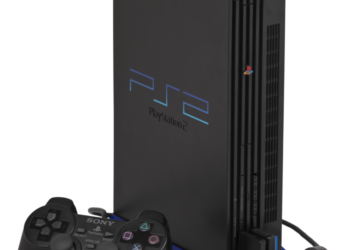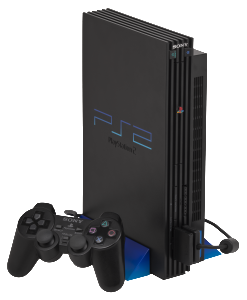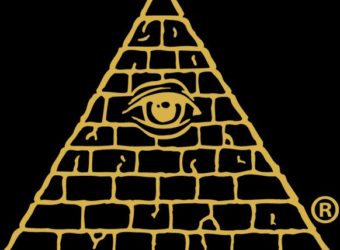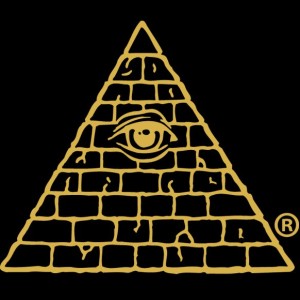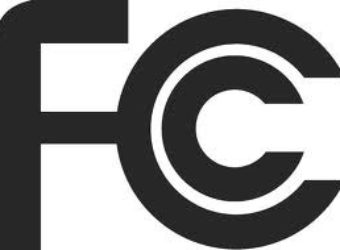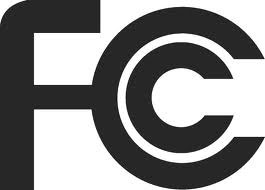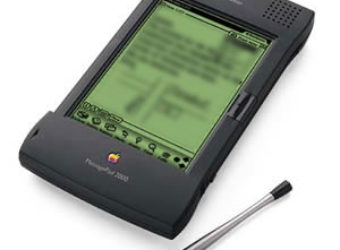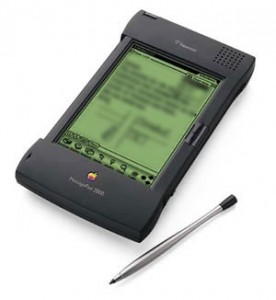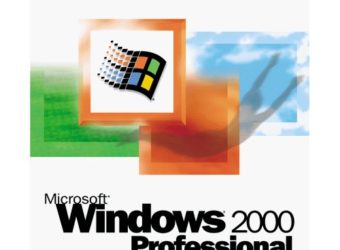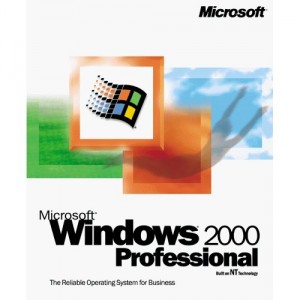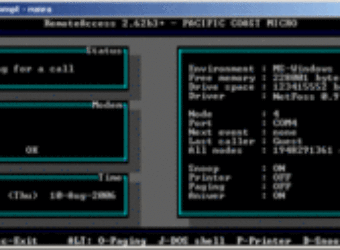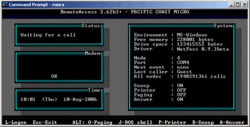March 7, 1996: Pluto Photos Released
Subscribe! Spotify | RSS | More
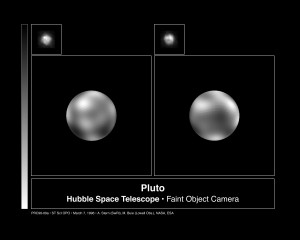
1996 – Even though Pluto was first seen in 1930, we didn’t have the ability to take a decent picture of the furthest planet… er… dwarf planet… er… (dang you Neil deGrasse Tyson!!!). The Hubble telescope finally was powerful enough to take photos of Pluto’s surface. They spent over 6 days taking snapshots and learning all about this distant neighbor.
Astronomers found that Pluto had a complex surface, just like Earth. Many basins and craters were discovered during that six day photo session.

Subscribe to Day In Tech History:
RSS Feed - iTunes - Android - Spotify - iHeartRadio
Facebook -
- RSS Bandwidth by Cachefly Get a 14 Day Trial
- Join me on Patreon and support Day in Tech History
- Richard Wittman Jr. admits breaking into NASA
- Sony announces release of Linux development kit for Playstation 2
- Intel gives computers, internet to employees for free.
